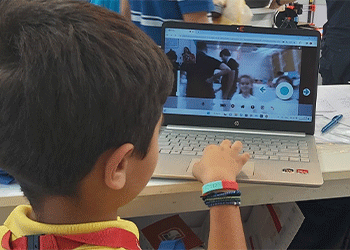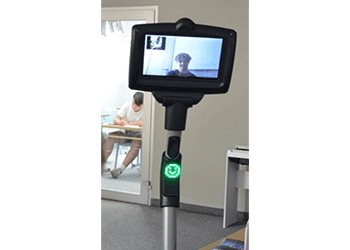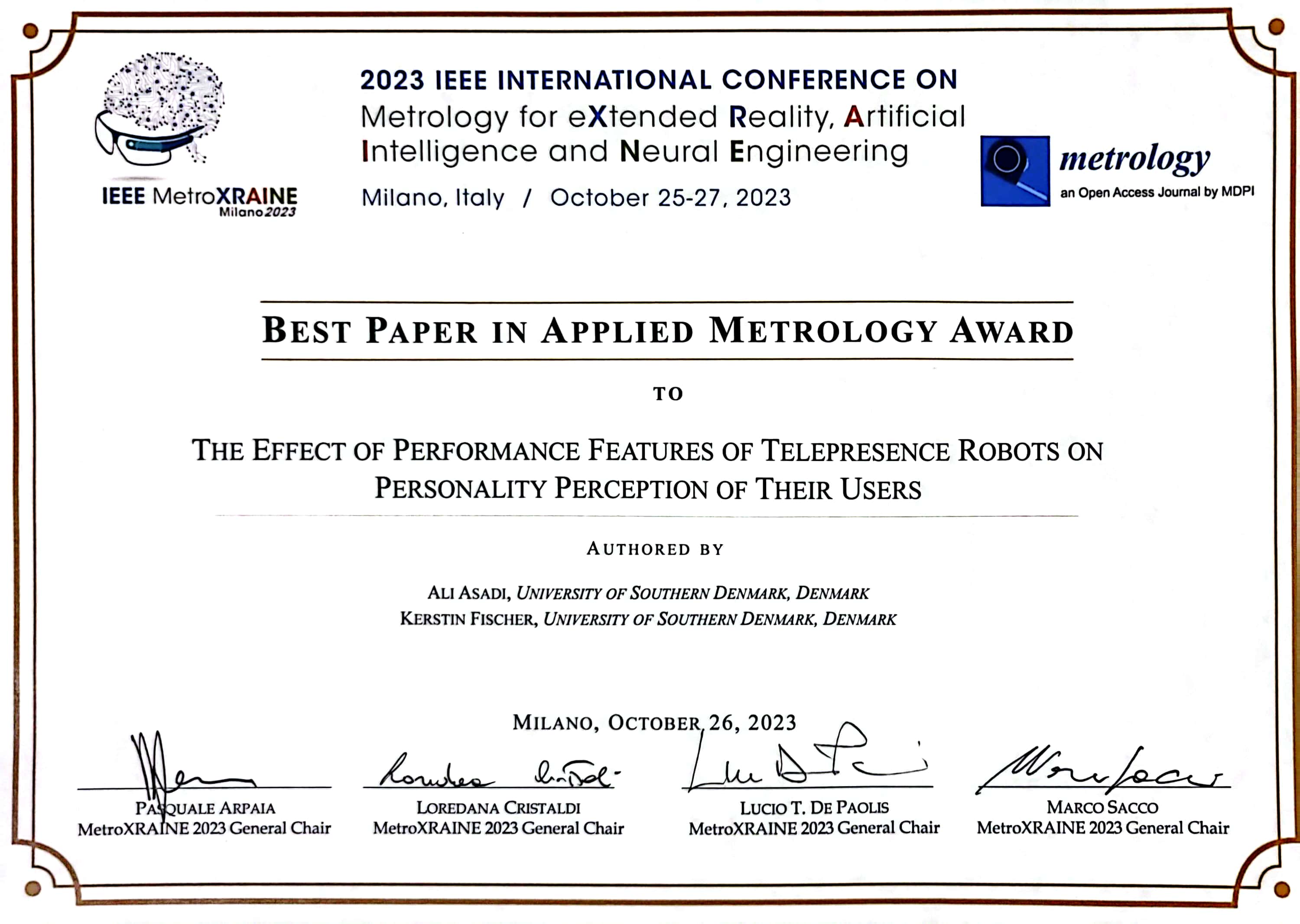



The InClass Project facilitated the use of telepresence robots (TPRs) in classrooms and helped students join their classes remotely. The project has explored how these robots can be used effectively and efficiently in educational settings, and what benefits and challenges they bring to the learning process. Here, the findings are presented in eight reports that cover various aspects of the project, such as the usability, implementation, and evaluation of the TPR system. These reports provide valuable insights and recommendations for schools, teachers, students, and stakeholders who are interested in adopting or developing TPRs for education.
For the project to provide practical guidance for integrating children with health challenges into classroom activities using TPRs, the project covered the following objectives:

Ali Asadi and Kerstin Fischer at the University of Southern Denmark have conducted research on how the speed and shakiness of telepresence robots affect the way the local participants perceive the personality of the remote robot users. This research is based on the assumption that the movement of the telepresence robot can influence the impression formation and social interaction. The research has used a controlled experiment with 100 participants, who watched a video of a telepresence robot moving with different speed and shakiness levels. The participants rated the personality of the remote user based on the Big Five personality questionnaire. The research has found that the speed and shakiness of the telepresence robot have significant effects on the perceived personality of the remote user, especially on the dimensions of agreeableness and neuroticism.
This research has received the best paper award at the IEEE MetroXRAINE 2023 conference, which is a prestigious event that showcases the latest developments and innovations in mixed reality and artificial intelligence.
Last Updated 03.04.2024